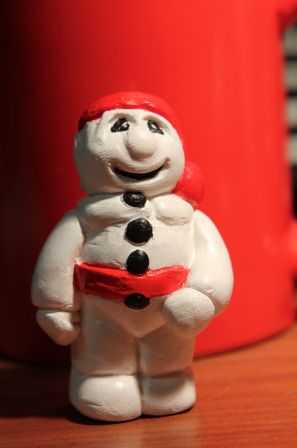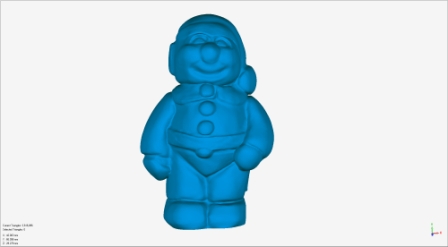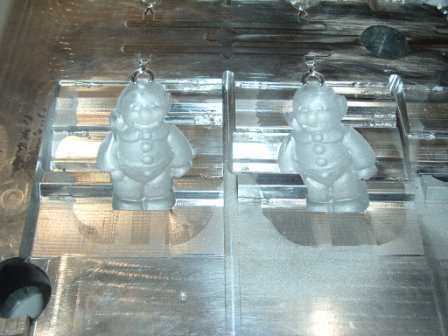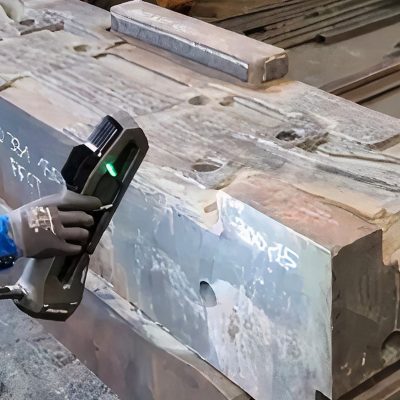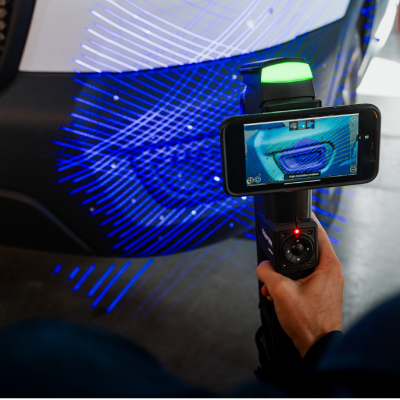April 15, 2024
Use of 3D scanner increases efficiency and reduces labor and material costs See the articleIn 2008 and within the scope of Creaform’s Annual 3D scanning contest, a team of Creaform employees scanned Bonhomme Carnaval, which earned them the 2nd position in the contest. Creaform repeated the experience 2012 and scanned the miniature version of the famous snowman.
Each year, the organization of the Québec Winter Carnival’s, the largest winter carnival in the world, must design an Effigy representing Bonhomme, the celebrity of the carnival. This Effigy is in fact the pass that visitors must buy to access the festivities. Therefore, it requires large scale production as more than 100,000 copies are sold each year. Several constraints must be taken into account like cost, processes and aesthetics, since the Effigy is also meant as a souvenir for visitors to keep once the carnival is over.
The 1st model is carved and painted by hand. Once the physical model has been created, a 3D virtual model is made to validate several constraints that must be factored in for the manufacturing phase. As for Bonhomme, the goal was to get a model that would unmold leaving only one mould seam, and that could be painted in 2 different stamping phases.
The 3D virtual model: Creaform scans the figurine
Creaform has been involved in the creation of the 2012 Effigy because it carried out the 3D scanning of the figuring with one of its Handyscan 3D portable scanners. This step made it possible to get a virtual mesh representing the physical model. Following that, Creaform made several modifications to it using a post-treatment software to get to a model that would meet the manufacturing criteria.
For instance, there was a part of the arrowhead sash that was missing on the original model. So, Creaform’s designers actually created it directly onto the virtual model during post-treatment. Plus, Bonhomme’s left hand had a very rounded shape, and because it was in front of Bonhomme’s body, it was impossible to unmold the figurine without damaging it. Creaform modified and moved it on the virtual model so to eliminate the issue when unmolding, while running the model through a treatment software to validate that the complete figurine would unmold. Plus, the undercut zones have been completely eliminated by changing Bonhomme’s shape in these particular areas. After that, the mesh model has been converted into a surface model to make the mold design easier.
3D model: How it makes things easier
Once the 3D model was finished, the Effigy mold design phase was launched. Working with a digital model greatly simplified the design phase, as it is possible in the CAD software to design the mould and to delete the Effigy’s digital model afterwards to create the cavity.
As for preliminary design, this method has several benefits, of which the fact that there is always a physical model giving a tangible image of the Effigy’s final look. This model can be easily modified and presented at design meetings. Plus, the scanning file obtained with the Handyscan 3D gives a précised virtual representation of the prototype. Post-treatment software used make it possible to make all the necessary modifications to guarantee that the digital model meets the manufacturing constraints.

